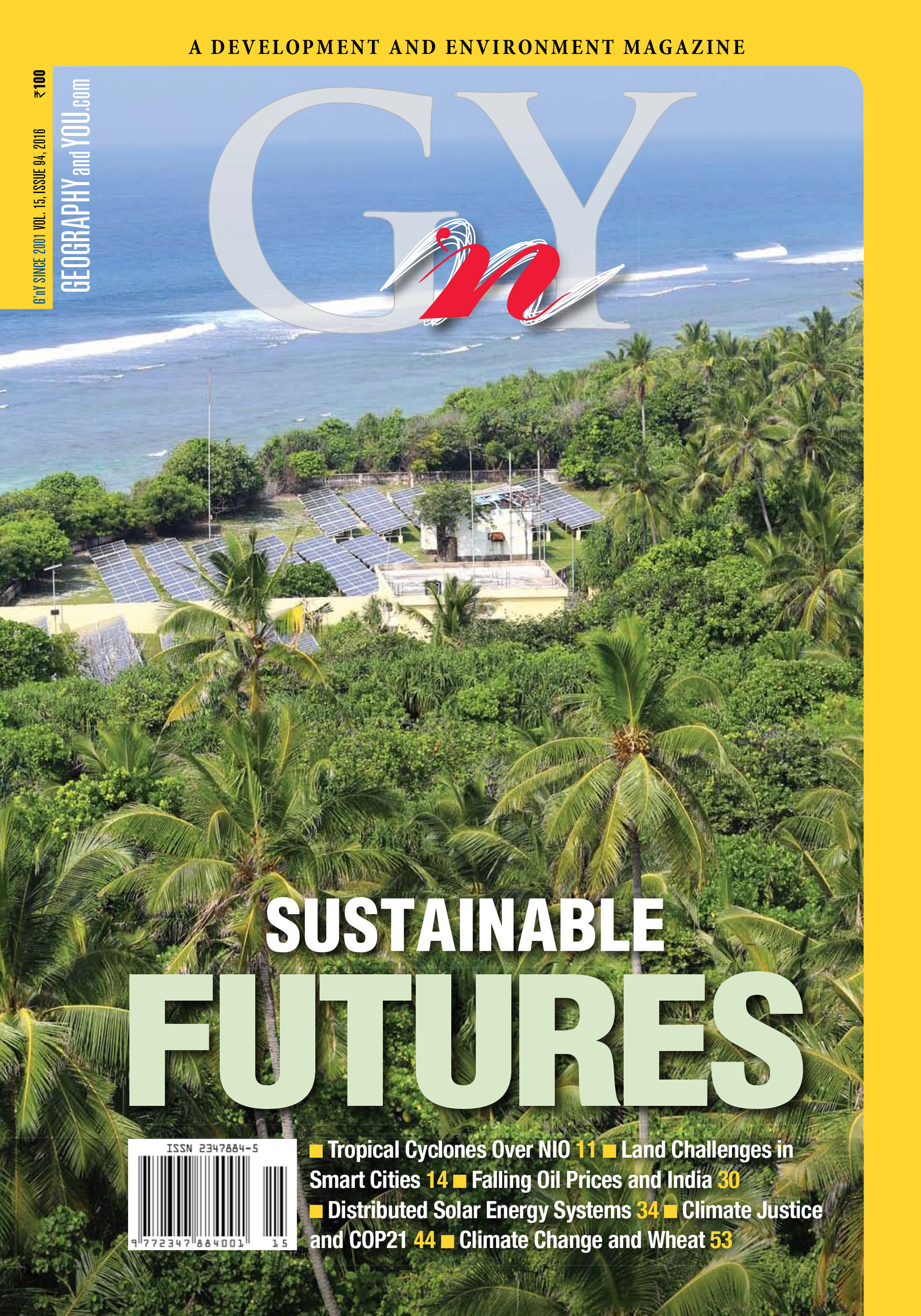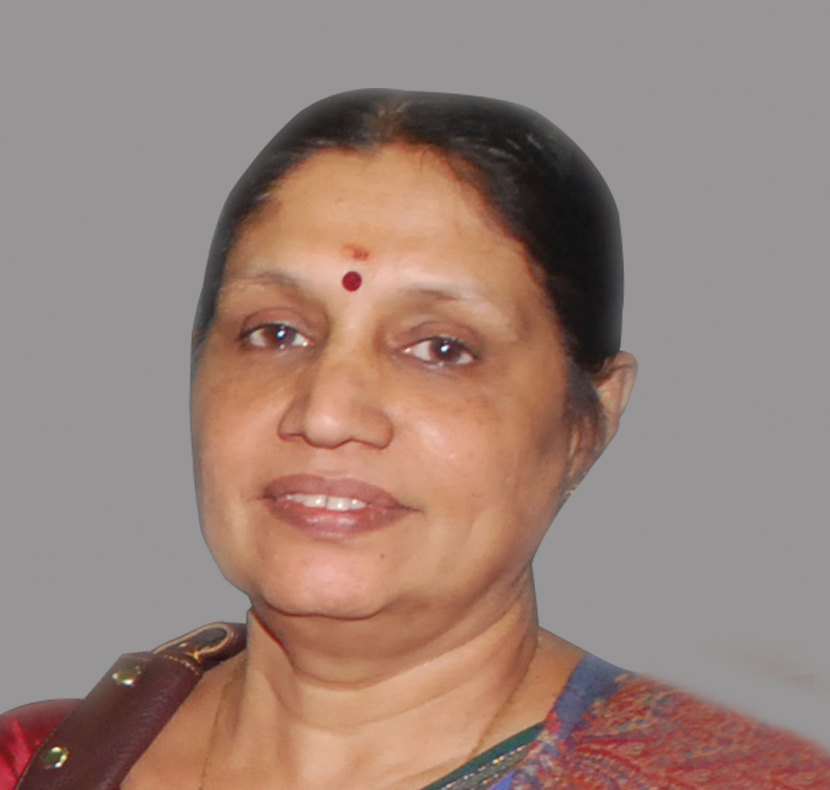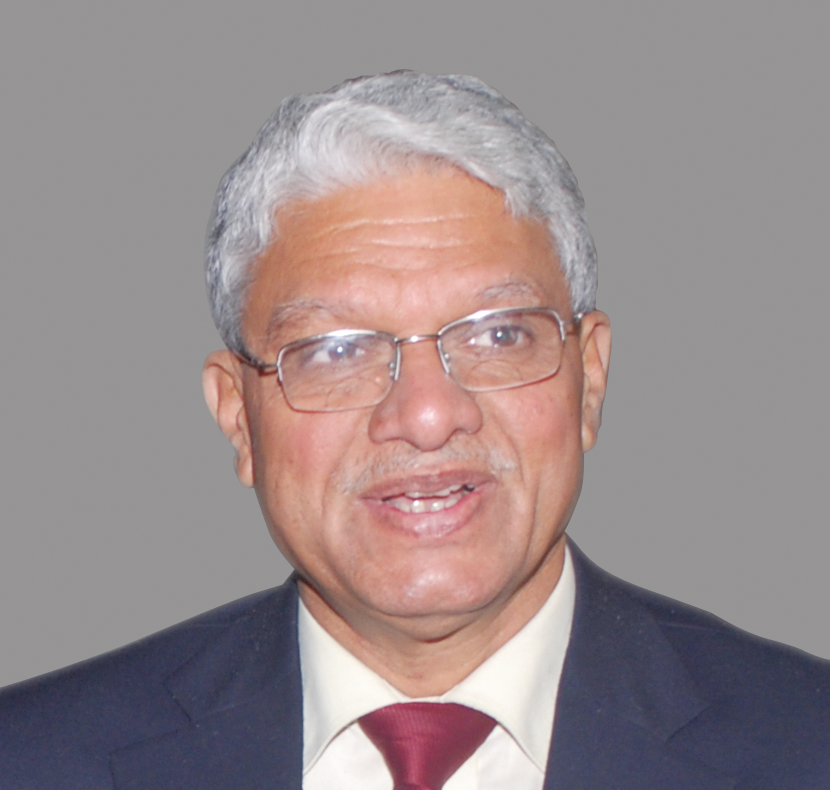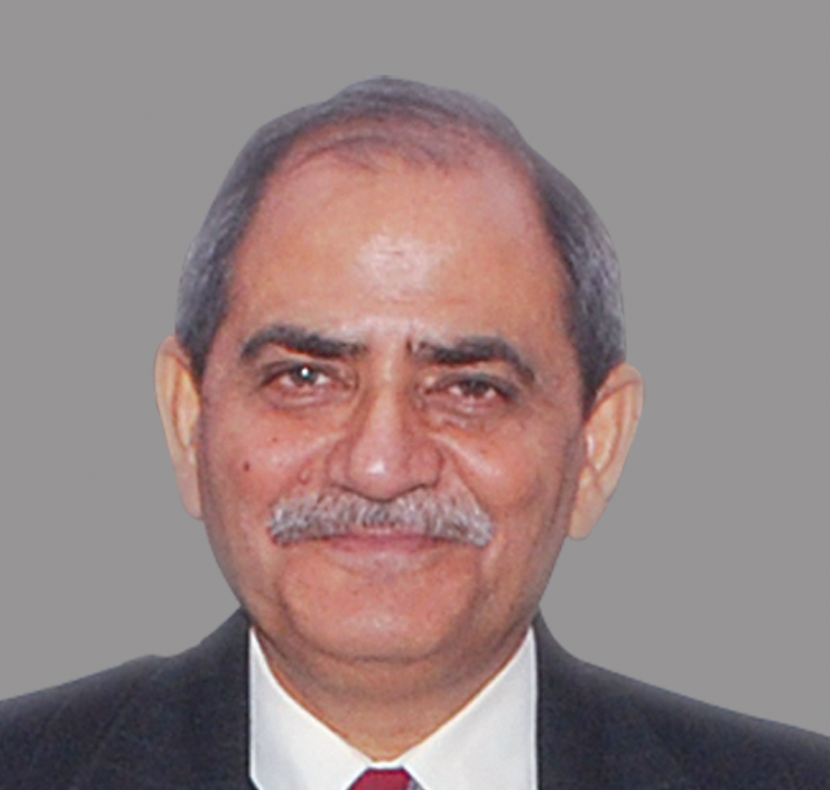
Expert Panel

Vice Chancellor, MG Kashi Vidyapeeth, Varanasi.

Chairperson, National Biodiversity Authority, Chennai.

Air Vice Marshal (Retd) Former DG, IMD, New Delhi.

Former Member Secretary, Central Pollution Control Board, New Delhi.

Former Director, NCAOR, Goa.

Professor, CSRD, Jawaharlal Nehru University, New Delhi.

Professor, CSRD, Jawaharlal Nehru University, New Delhi.

Director, Economic Research, Nielsen, New Delhi.
Inside this issue
Disaster Management
Combining GIS tools with remote sensing data can help in efficient hazard mapping of avalanches in the tectonically active Himalayan regions and save precious lives.
More than a decade after the 2004 Andaman-Sumatra earthquake/tsunami, offshore and deep ocean observation systems now contribute to early tsunami warning efforts in India. The lessons we learnt from this catastrophe taught us to develop better strategies for disaster-preparedness.
Post 1950, the number of severe tropical cyclones has increased over the North Indian Ocean. Understanding the changes in tropical cyclone activity and improving predictability is essential for issuing accurate warnings to the public.
Life
India's Smart Cities Mission envisages some developments in terms of infrastructure in several urban centres. However, it ignores to address the problem of land acquisition and land management, without which all change would seem superfluous.
In view of urbanisation in India being accompanied with lifestyle changes that frown on ordinary, nutritious food habits in favour of empty calories, a UNEP funded project seeks to bring in greater awareness on healthy eating and individual carbon footprint for sustainable food production and consumption.
In India, urbanisation is increasing at faster rate than necessary infrastructural development. Cities are populated beyond its capacity. Upgradation of Delhi NCR as a smart city may help in sustainable land-use and development.
Change in land use-land cover (LULC) is a worldwide phenomenon. However, in certain places, the rate of change is expeditious, particularly because of increasing population, huge rural to urban migration and urban growth within a limited space. Ahmedabad is experiencing an unprecedented growth mainly around its periphery.
Climate Change
Fluctuation in demand supply equilibrium and inaction of OPEC countries is affecting global oil prices though India’s under-recovery refineries are benefitting from the fall in crude oil price.
Decentralised electricity generation or dispersed generation based on renewable energy can be the right solution for power-stressed regions like southern India that receive ample solar insolation for more than 300 days in a year. Smart grid technology, coupled with supportive government policies, can indeed help the region tide over its power problems.
India has an ambitious National Solar Mission for the accelerated deployment of solar power technologies in the coming years. Rooftop solar photovoltaic is a promising technology for urban areas in India.
The developed countries while understanding their historic responsibilities towards climate change should assist the developing countries with technology transfer, mitigation and funding to ensure climate justice.
River Noyyal, an important tributary of the Cauvery, was a significant source of water in Coimbatore, Tiruppur, Erode and Karur districts in the 1980s. Since the 1990s, effluent discharge from the dyeing and bleaching units in and around Tiruppur has ecologically damaged the river basin, bringing agriculture to a standstill. Despite judicial intervention and the setting up of common effluent treatment plants, the water quality remains unchanged.
Agriculture
Over the last two decades, there is a decline in the average yield in wheat production. A close examination of the weather data indicates that this decline may be related to climate change.
Application of biotechnology in agriculture and husbandry might be the next step to food security in India. Proper infrastructure, technology and market systems are crucial to materialise.
Science and Technology
A coastal zone is one of the most fragile ecosystems on earth. Managing coastal resources sustainably calls for up-to-date knowledge, cutting edge planning and trained human resources. Satellite remote sensing provides synoptic and unbiased content in a multi-temporal domain that can help planners put suitable management policies in place.
In brief
India is morphing. A new information-endowed group is emerging, who access online material but rarely assimilates its need or efficacy. Thus, we now have a group of misinformed young people who believe that our lives should mimic the west in every way conceivable. The wave is so strong that not even
